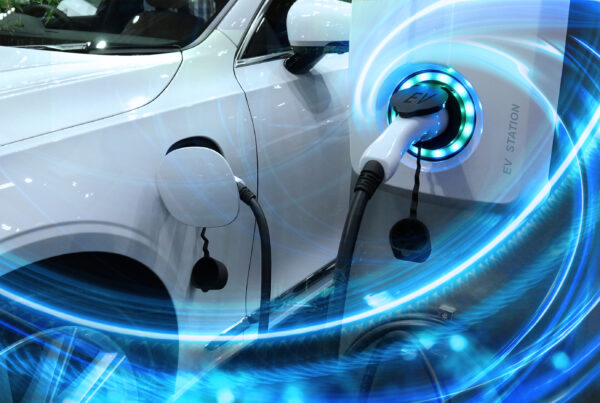Australia recorded 98,328 new vehicle sales in August 2024, marking the second-best August on record, according to the Federal Chamber of Automotive Industries (FCAI). While this represents a 10.6 per cent drop compared to August 2023, FCAI Chief Executive Tony Weber emphasised that the numbers are still strong from a historical perspective.
“This is a positive result in historic terms, with this being the second-highest August ever in Australia,” said Weber.
“The 2023 figures were an outlier, as they broke the previous best August result (2017) by 13.8 per cent. Year to date, the market is up by 5.3 per cent.”
Resilience In a Challenging Economy
The new car market continues to show resilience despite ongoing economic challenges such as rising interest rates and the cost of living. Consumer preferences showed signs shifting, with the Passenger segment making up just 15.4 per cent of the total market. In contrast, SUVs accounted for 57.5 per cent, and Light Commercial vehicles made up 22.9 per cent, together comprising over 80 per cent of the market.
Low-emission vehicles are gaining popularity, with hybrid sales up 44.9 per cent compared to August 2023. Sales of plug-in hybrid vehicles saw an even larger increase, up 119.8 per cent. However, sales of battery electric vehicles (BEVs) have been slower than anticipated, despite more brands and models being available in the Australian market.
August Sales Data
Toyota led the market in August 2024 with 21,490 sales, followed by Ford (8,890), Mazda (8,263), Kia (6,903), and Hyundai (6,211). The Toyota RAV4 was the top-selling vehicle with 6,712 units sold, followed by the Ford Ranger (5,431), Toyota HiLux (4,496), Isuzu Ute D-Max (2,548), and Toyota Landcruiser (2,504).
Sales varied across the states and territories, with the Australian Capital Territory seeing the largest decline, down 21.9 per cent to 1,338 vehicles. New South Wales also experienced a significant decrease, down 13.9 per cent to 29,831. Other regions saw reductions ranging from 2.0 per cent to 13.0 per cent.
Although there was a slight dip from last year’s record-breaking August, the 2024 figures show a market that remains strong, supported by changing consumer preferences and a growing interest in low-emission vehicles.
Did you find this article interesting? Click the ‘heart’ button above to give it a ‘like’!


















